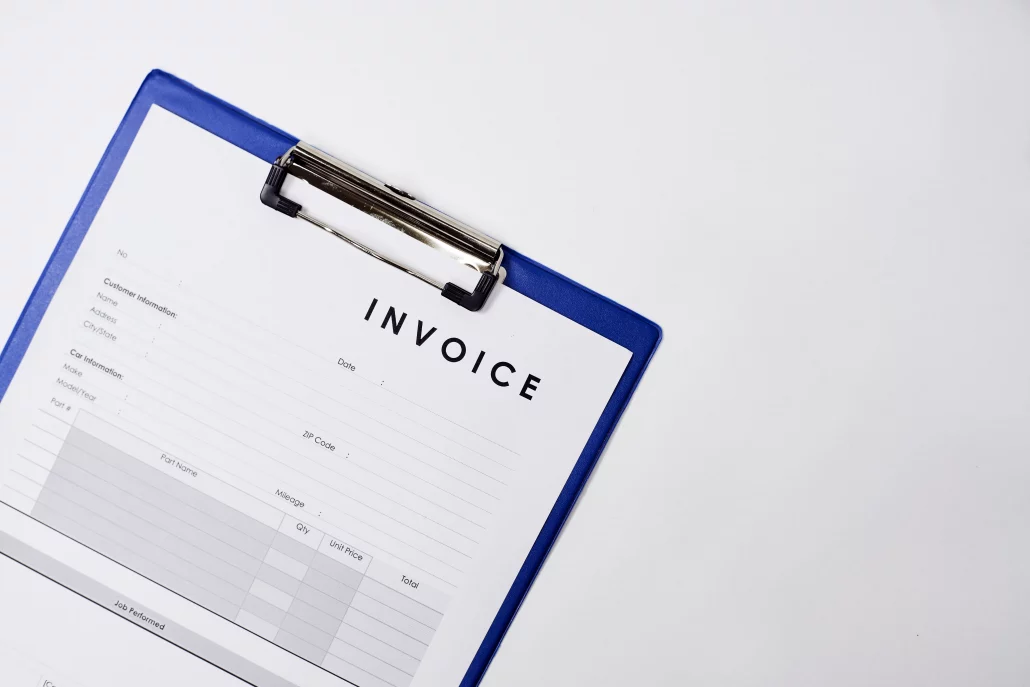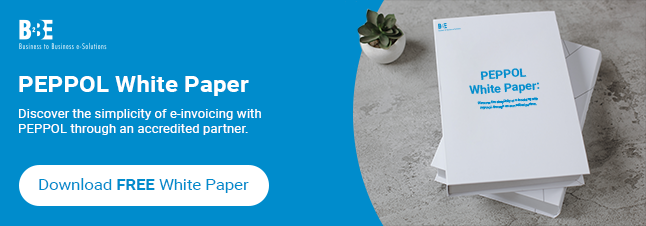Invoice challenges are more common than you might think. Invoicing seems like a straightforward task—send the bill, get paid. But in practice, it’s rarely that simple. For many businesses, invoicing can be one of the most manual, error-prone, and delayed steps in the order-to-cash cycle. So, what exactly makes invoicing so difficult or time-consuming?
What are the major challenges with invoices?
1. Manual data entry leads to mistakes
One of the biggest invoice challenges comes from entering invoice details by hand. Whether it’s pulling figures from spreadsheets, manually typing in customer information, or referencing purchase orders, every manual touchpoint increases the chance of human error. A single typo—wrong PO number, invoice total, or customer address—can lead to rejected invoices and delayed payments.
2. Inconsistent data formats
Not all customers accept invoices in the same format. Some want PDFs, others require XML files or structured EDI. When you’re managing different formats manually, the process becomes even slower and harder to scale. Additionally, switching between formats creates more opportunities for misalignment between what’s sent and what your customer expects.
Watch our video round-up below:
3. Missing approvals or supporting documents
Invoices often get held up because something is missing—an approval, a delivery note, a timesheet, or a signed contract. If there’s no clear process to verify these documents or attach them automatically, the invoice might sit idle until someone realises it hasn’t been processed. These invoice challenges can add days—or even weeks—to the payment timeline.
4. Lack of automation
Without automation, each invoice is treated as a one-off task. Teams spend time chasing up missing information, manually matching orders and receipts, and then emailing reminders to customers. These invoice challenges make the process time-intensive and unsustainable, especially as volumes grow. Worse still, it distracts finance teams from more strategic work like improving cash flow or analysing payment trends.
5. Poor visibility and reporting
Finally, if you can’t see where an invoice is in the process—sent, received, disputed, or overdue—it’s hard to prioritise follow-ups or spot recurring issues. Many businesses rely on disconnected tools and spreadsheets to track invoices, which leads to missed deadlines, late fees, and poor customer communication.
So how do you fix invoice challenges?
Modern e-invoicing solutions like B2BE’s are designed to tackle all of these invoice challenges. By automating invoice creation, applying business rules, and integrating with your customers’ systems, you can reduce manual work and speed up approvals. You also gain better visibility into invoice status and performance—so nothing gets lost in the process.
Thinking about upgrading your invoicing process?
Streamlining invoicing and combating invoice challenges isn’t just about efficiency—it’s about getting paid faster and freeing up your team for higher-value work. If invoicing still feels like a time sink, it’s probably time to automate. Contact us to find out about our e-invoicing solutions.
About B2BE
B2BE delivers electronic supply chain solutions globally, helping organisations to better manage their supply chain processes, providing greater levels of visibility, auditability and control. We’re driven by a passion for what we do, inspired by innovation, and underpinned by a wealth of knowledge. With over 20+ years of experience, the B2BE teams operate worldwide.
For more information, visit www.b2be.com.

